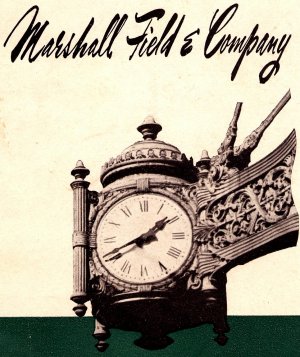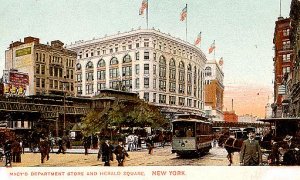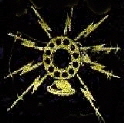 |
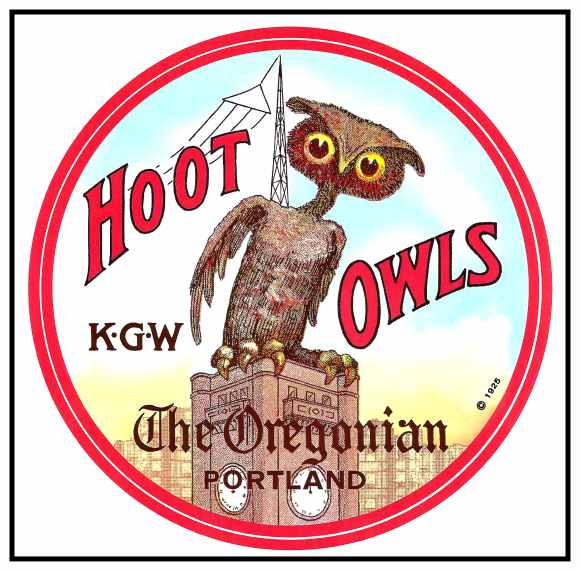 |
|||||||||||||||||||
|
|
||||||||||||||||||||
 |
||||||||||||||||||||
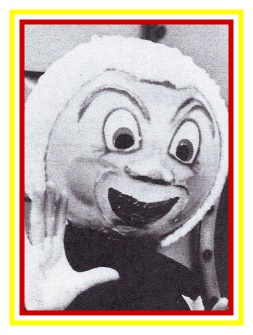 |
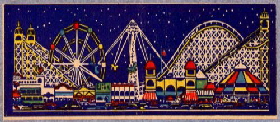 |
||||
 |
|||||
 |
|||||
|
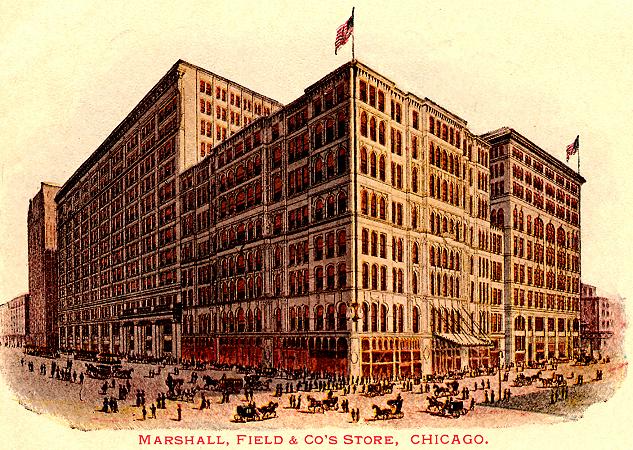 |
|
Marshall Field and Company at the intersection of Randolph, State and Washington Streets and Wabash Avenue in Chicago. Construction on this 12 story Landmark began in 1892. In 2005, Federated Department Stores bought all of the assets of May Department Stores which was the parent of Marshall Field’s. On September 7, 2006, all Marshall Field stores took on the Macy’s nameplate. |
|
|
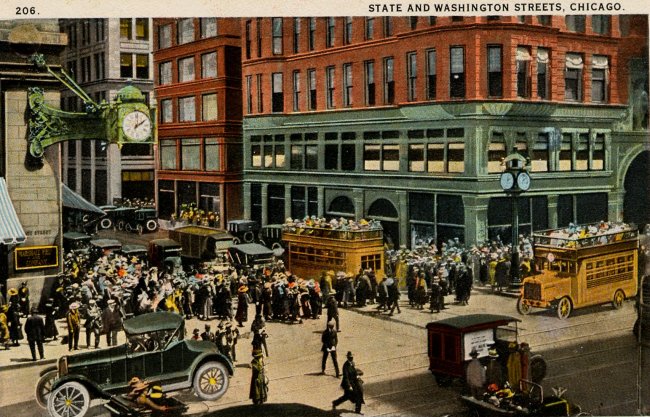 |
|
From its downtown Chicago beginnings in 1852, Marshall Field and Company blossomed into one of the most successful and innovative department stores in the country. Marshall Field built a reputation as the country’s most successful merchandiser. His stores were the model for other department stores to emulate. |
|
|
Marshall Field arrived in Chicago from Massachusetts in 1856 at the age of 22, and he started working as a clerk at Cooley, Wadsworth and Company. Meanwhile Potter Palmer opened Potter’s Dry Goods Store at 137 Lake Street. |
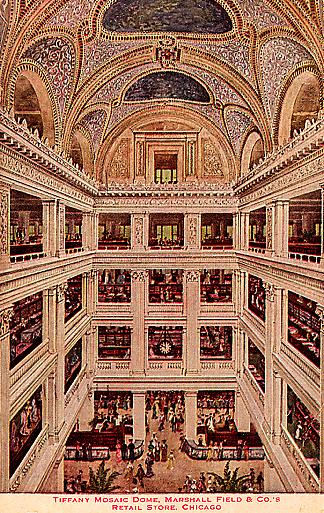 |
|||
|
The Tiffany Dome is the largest glass mosaic of its kind and it was the first dome built with iridescent glass. This view is from 1917. The late Louis C. Tiffany designed the Tiffany Mosaic Dome, in the South State Street Building, and it contains approximately 1,600,000 pieces. It is one of the largest areas of glass mosaic ever constructed. |
|||
|
In 1865, Levi Leiter and Marshall Field bought an interest in Palmer’s store and it became known as Field, Palmer and Leiter until 1867 when Palmer sold his interest. The store then became known as Field, Leiter and Company. Marshall Field sent his older brother Joseph to Manchester, England to establish a buying office in 1869. In 1881, Levi Leiter retired and the store became known as Marshall Field and Company. Field continued to lead the company and he became known as the world’s foremost merchant. Marshall Field took over the store and soon instituted retailing policies that revolutionized the department store world. He would post the price of the goods in plain sight, thus ending a policy of haggling and charging whatever the buyer would pay. In addition, he would stand behind his merchandise and would gladly refund the full price of any item bought in his store. He immortalized the slogan ”Give the lady what she wants”. |
|
|
This view shows the Rug Department in 1913. |
|
|
Wicker was very popular in the Summer Furniture Gallery. |
|
Marshall Field, who died in 1906, would see his company become the largest wholesale and retail dry goods enterprise in the world. Marshall Field’s was the first department store to establish a European buying office, the first to offer in-store dining and the first to offer a bridal registry. In the early 1900’s, annual sales topped $60 million and buying branches were located in New York, London, Paris, Tokyo, Stockholm and Berlin. |
|
|
Rotunda of the Men’s Grill Room. |
|
|
The South Grill Room is one of the six Tea and Grill Rooms that occupied the Seventh Floor of the Marshall Field Building. |
 |
|
|
An early view of the State Street Aisle, which is one block long, from 1925. |
|
Federated Department Stores bought Marshall Field’s and all other stores owned by The May Department Stores Company in 2005. Federated converted all Marshall Field’s stores, as well as most other stores in the May fold, to the Macy’s nameplate on September 7, 2006. May had purchased Marshall Field’s from the Target Corporation in mid-2004. In 1990, the Target Corporation, formerly the Dayton and Hudson Corporation, bought Marshall Field’s. All Dayton’s and Hudson’s stores were united under the Marshall Field banner several years ago, adding up to 62 stores. For a number of years, Marshall Field’s holdings included the now defunct Frederick & Nelson in Seattle. One of Field’s former salesmen was a young man named Montgomery Ward. |
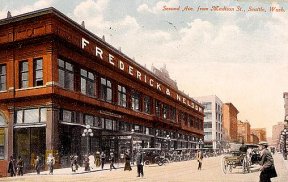 |
|||
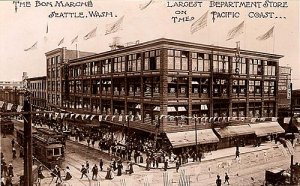 |
|||
 |
|||
 |
|||
|
|
|||||||||||||||||||||||||||
|
Last updated 10-23-16 |
|
copyright © 2017 PdxHistory.com |
